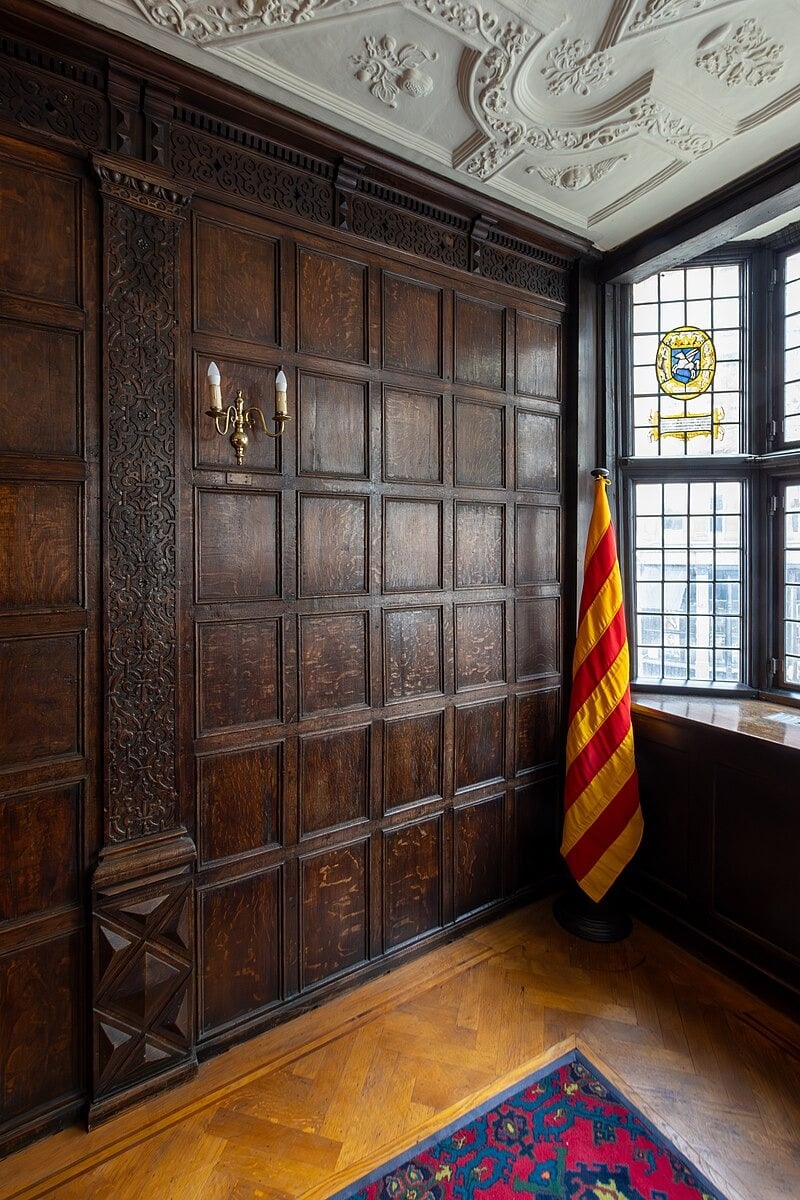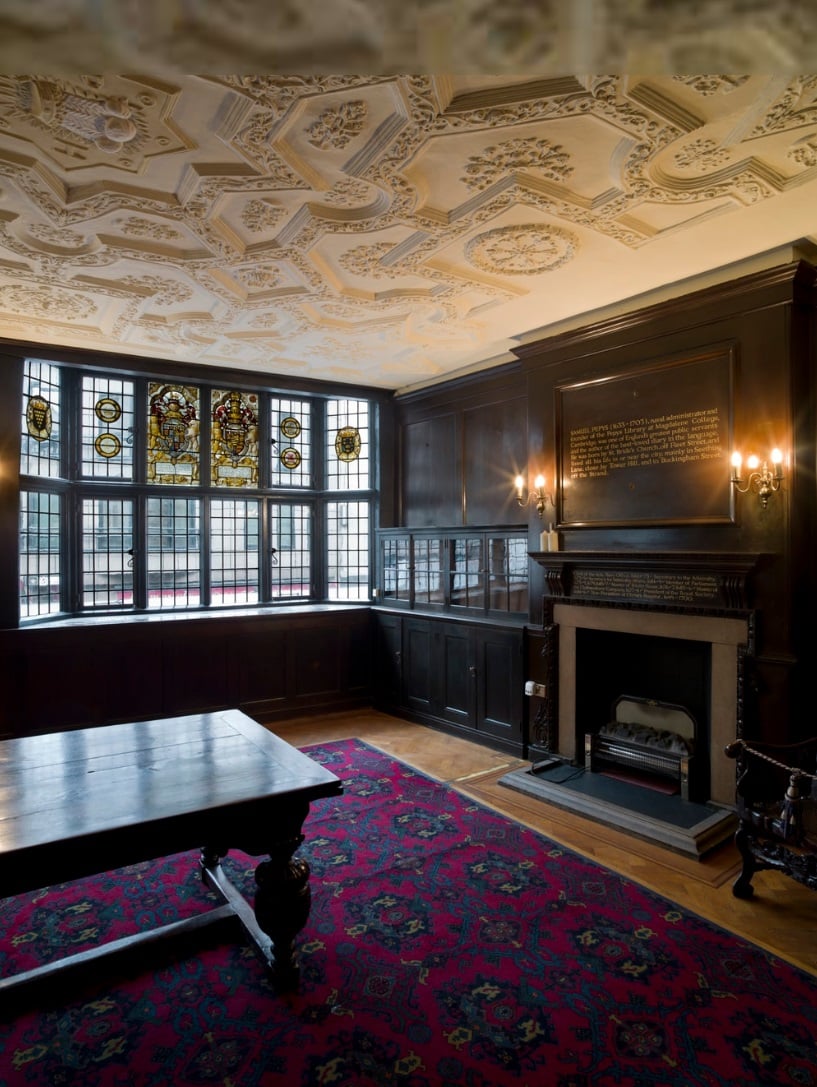Prince Henry’s Room: One Of The Few Buildings In London To Survive The Great Fire Of 1666
Prince Henry’s Room, located at 17 Fleet Street in London, is a rare and fascinating building that has survived for centuries.
It is one of the few buildings in the city that was not destroyed by the Great Fire of London in 1666.
Today, it is recognized as a Grade II listed property.

An Estate Of The Knights Templar
Prince Henry’s Room is located on the first floor of the Inner Temple Gatehouse that stretches back to the medieval period.
In the 12th century, the property was part of the land granted to the Knights Templar.
After the dissolution of the Order of St John in 1540, it passed into private hands.

The Reconstruction In 1610
The building we see today was erected in 1610, a time when London was rapidly expanding under the reign of James I.
The new building became a tavern called the Prince’s Arms, named in honor of Henry, the son of King James I, who had just been made Prince of Wales.
Despite legends suggesting otherwise, records indicate that the building was always intended as a tavern.

The Great Fire And The Fountain Inn
The gatehouse miraculously survived the Great Fire of London in 1666, which destroyed much of the surrounding area.
Following the fire, the tavern was renamed The Fountain Inn, and it was a popular spot for people to gather and enjoy a drink.
One of its most famous visitors was Samuel Pepys, a well-known diarist and naval administrator.

Pepys wrote about his visits to the tavern, describing evenings spent drinking and singing with friends on 14 October 1661 and 28 November of the same year.
Pepys’ connection to the building is commemorated in an inscription above the fireplace in Prince Henry’s Room.

A Popular Waxwork Museum And A Barber Shop
In the 18th century, Mrs. Salmon, a well-known waxwork artist, leased the building and turned it into a popular waxwork museum.
Londoners flocked to see her collection, which included lifelike figures of famous personalities and even a mechanical waxwork that would kick passers-by.
Then, a new tenant set up a barber shop offering haircuts and steam-powered hair brushing.

Architectural Highlights Of The Prince Henry’s Room
The most striking feature of Prince Henry’s Room is its beautifully decorated Jacobean plaster ceiling.
This ceiling, created in the early 1600s, is one of the best examples of its kind in London.
In the center, you can see the Prince of Wales’s feathers and the initials “PH,” which stand for Prince Henry.

The room also has some original oak paneling from the Jacobean period, though only one wall still has the original woodwork.
The other walls were paneled in Georgian style later on.
The fireplace, though simple, has a wood surround and a plaque that mentions Samuel Pepys.
Additionally, there are two stained glass windows that were added in the 20th century, one of which commemorates the room’s connection to the Duchy of Cornwall.

Restoration and Preservation
In 1900, the London County Council purchased the building and uncovered its original 17th-century half-timbered facade, which had been hidden behind a later false front.
A restoration project in 1905 brought the building back to its original 1610 appearance, including the reconstruction of its distinctive oriel windows.
In 1975, the Samuel Pepys Club turned the first-floor room into a small museum dedicated to Pepys’ life.
Though the museum eventually closed, the room remains a point of interest for those who appreciate London’s history.

Current Use
Today, Prince Henry’s Room is used as the offices of the Delegation of the Catalonian Regional Government to the UK.
Unfortunately, it is not open to the public regularly.
However, it occasionally opens its doors for special events.
In September 2023, the room was part of the London Open House Festival, and over 700 visitors came to see it.

